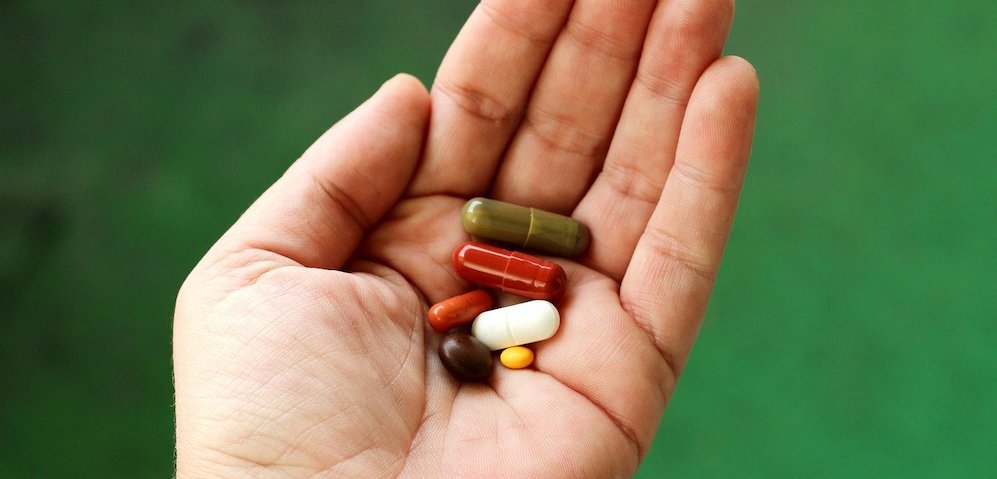
Time to put politics aside and implement pill testing

By Jonathan Meddings
Another summer, another life tragically lost to drugs at a music festival.
The rising death toll should weigh heavily on the minds of politicians who have the power to save lives yet oppose pill testing (also known as drug safety testing). It certainly weighs on those who have been advocating for pill testing for many years only to watch more and more people die because of inaction. The only thing with more weight behind it is the conclusive evidence, accumulated over decades, that drug safety testing works.
Drug safety testing does not increase drug consumption. On the contrary, when tested drugs are not as expected, people often choose to discard the drugs or limit their drug use. This reduces overdoses, and will therefore inevitably reduce fatal overdoses. In other words, drug safety testing saves lives.
Drug safety testing services have been in operation internationally for decades. The Netherlands, with its Drug Information and Monitoring System is a prime example. The system provides individual consumers with low-cost testing both at drop-in centres and on-site at certain venues and festivals. These services have informed public health warnings and helped remove dangerous batches of drugs from the market; drugs that resulted in users’ deaths in countries that lacked these services.
Saving lives is a no-brainer, so why have some governments resisted implementing drug safety testing? The fact we live in a country that has criminalised the personal possession and use of particular drugs goes some way to explaining why. Criminalisation sends a signal something is particularly bad, which colours public perception, which makes it more difficult for politicians to adopt sensible drug policies for fear of public backlash. They needn’t be so afraid. The majority of voters support pill testing, as do pharmacists and doctors.
Criminalisation in general is problematic because it creates an unregulated black market that funds organised crime, and results in unsafe products made in kitchens and bathtubs instead of safer, pharmaceutical-grade products made in laboratories.
Criminalisation of personal possession and use of certain drugs in particular has its own problems. It stigmatises people with addictions, for whom a public health response is more appropriate. It derails the lives of people who have harmed no one but themselves, if that. It has abjectly failed to deter drug use, which was the whole point of criminalising it in the first place.
We need to treat personal drug use as a health issue, not a problem for law enforcement.
All this is to say that being tough on crime is not enough. We have to be smart on crime too. That starts with understanding what should, and should not, be a criminal offence in the first place. People who risk harming no one but themselves need access to health information and help, not the heavy hand of the law.
Another sign of over-policing being counter-productive is the use of drug detection dogs.
Drug detection dogs incorrectly indicate the presence of drugs most of the time. This results in many unnecessary strip searches, which police forces ought to be keen to avoid given the potential for abuse and negative publicity.
Not only are drug detection dogs unreliable, they also fail to deter drug use, and actually increase drug-related harm. A survey of 2,000 Australian festivalgoers found that 10% of people surveyed who had drugs on their person reported consuming the drugs when they saw a sniffer dog. This is not a hypothetical. People have died because of this.
Drug safety testing will come at a cost, but this cost represents an investment through reduced emergency service demand and hospitalisations, not to mention a lifetime of taxes paid for every life saved. In the scheme of things, the upfront cost of drug safety testing is relatively minor; indeed, a simple reallocation of public money currently spent on drug detection dogs would more than fully fund it.
The federal Parliamentary Budget Office costed the operation of 18 drug safety testing sites and a warning system at $16 million per annum. The cost of drug detection dogs in New South Wales alone is over $9 million per annum. Drug safety testing is a proven harm reduction measure. Drug detection dogs increase drug-related harm. We should be funding measures that reduce harm, not measures that increase it.
Drug safety testing is not a silver bullet, but it is a proven harm reduction measure that will save lives.
People are dying. Experts keep telling us that drug safety testing can help. We should listen to them, put politics aside, and put the health and safety of the public first.
Jonathan Meddings is a Senior Policy Analyst at Thorne Harbour Health.









